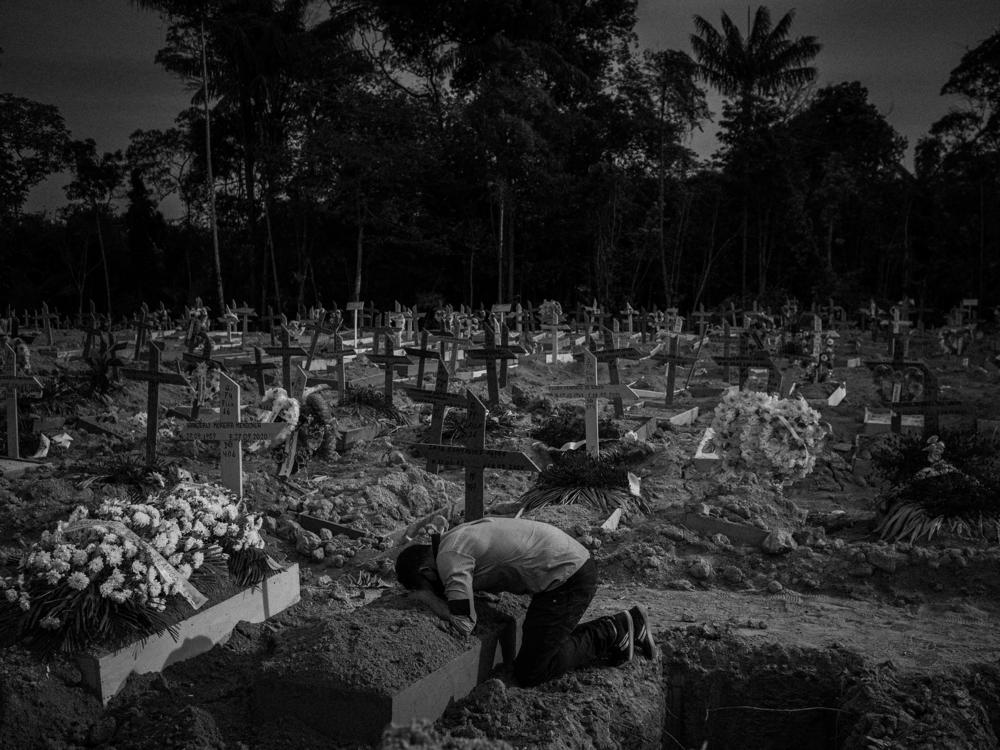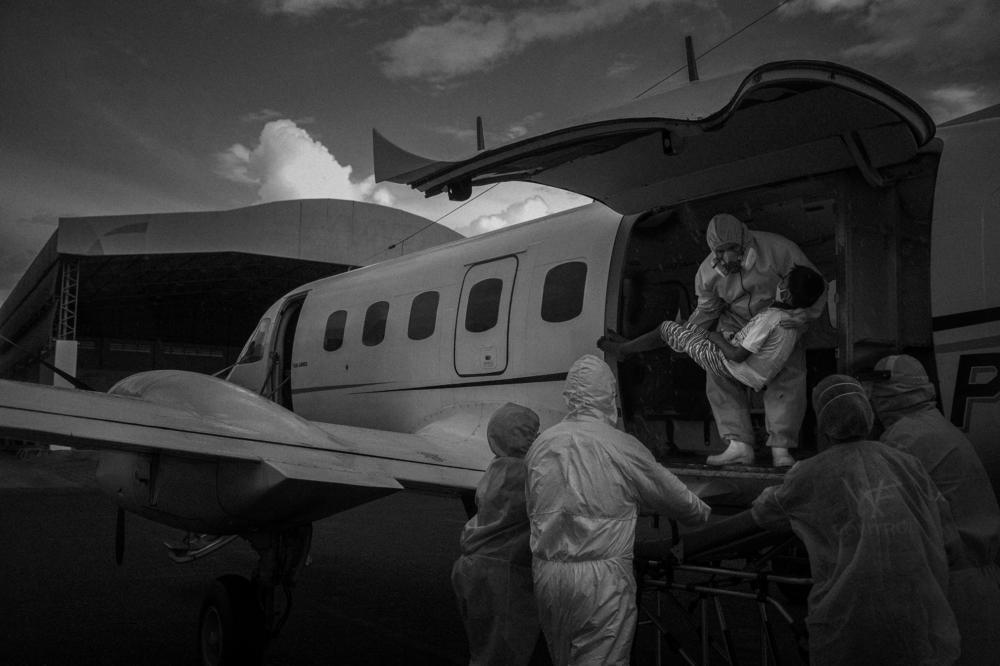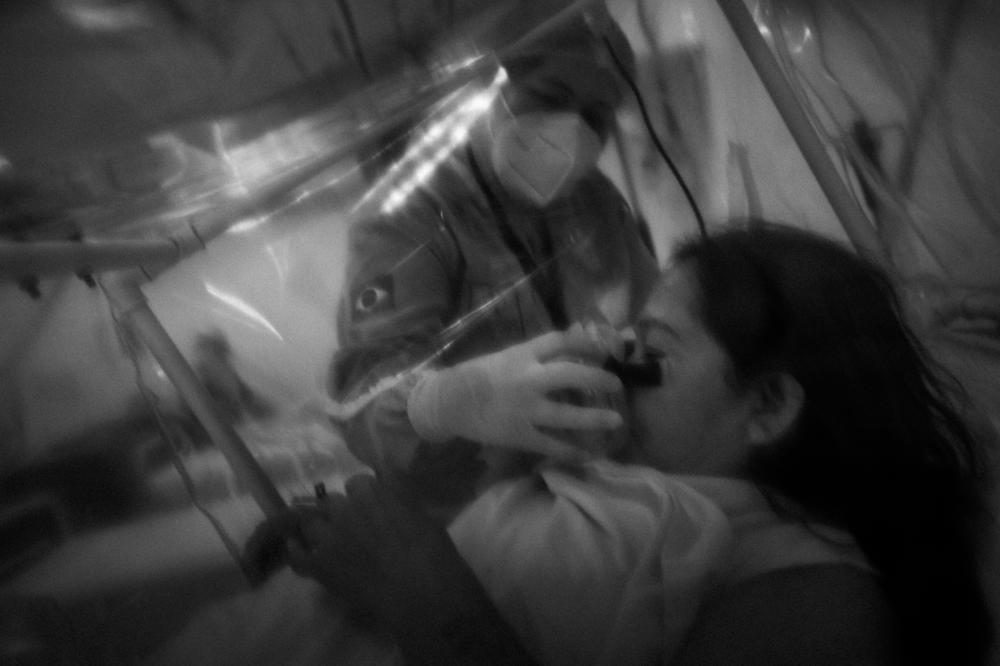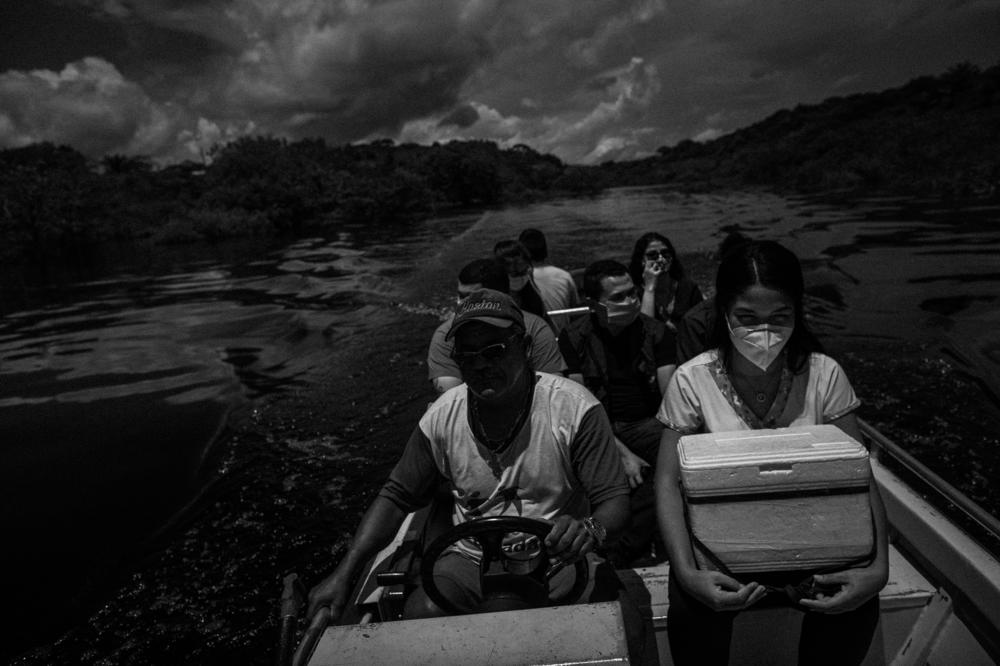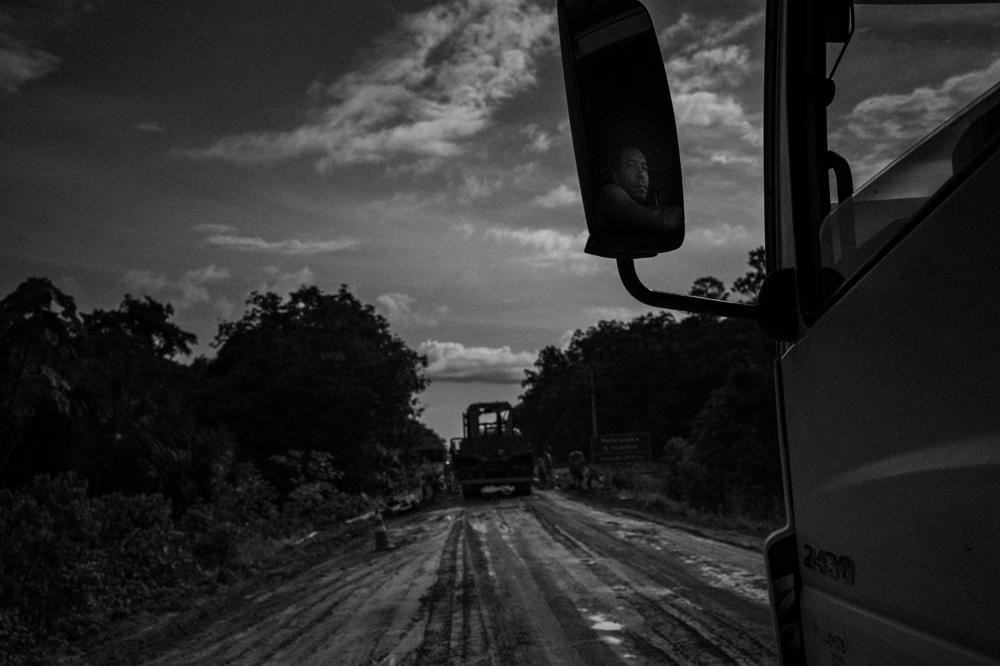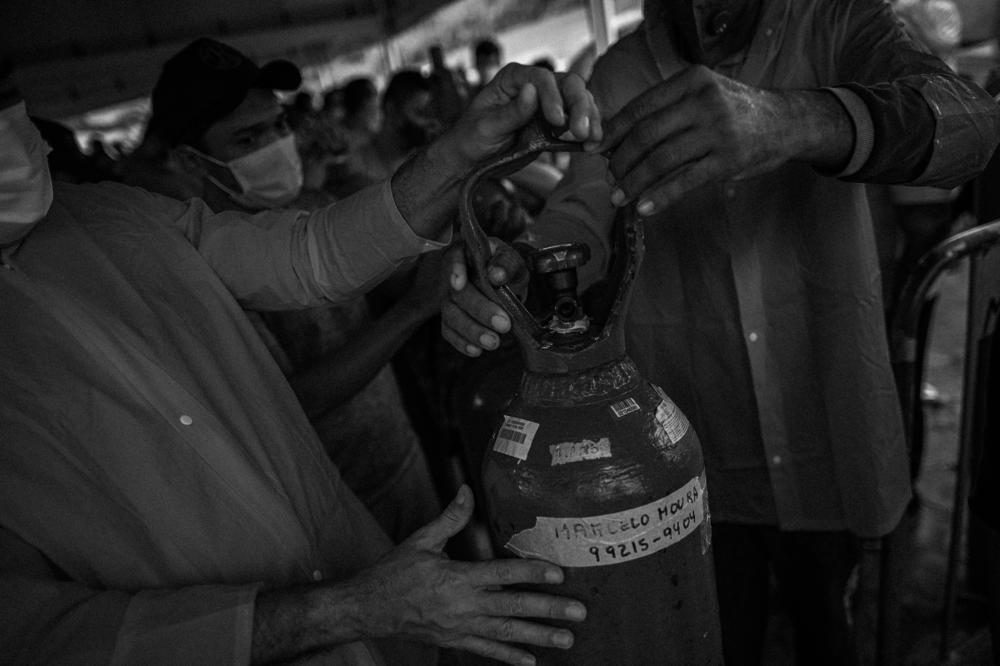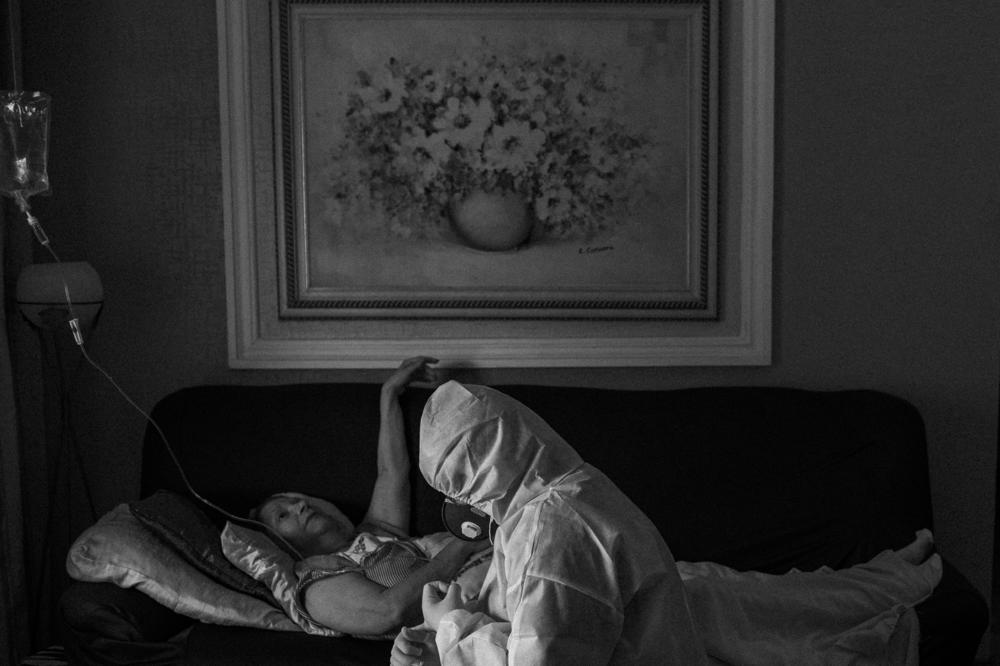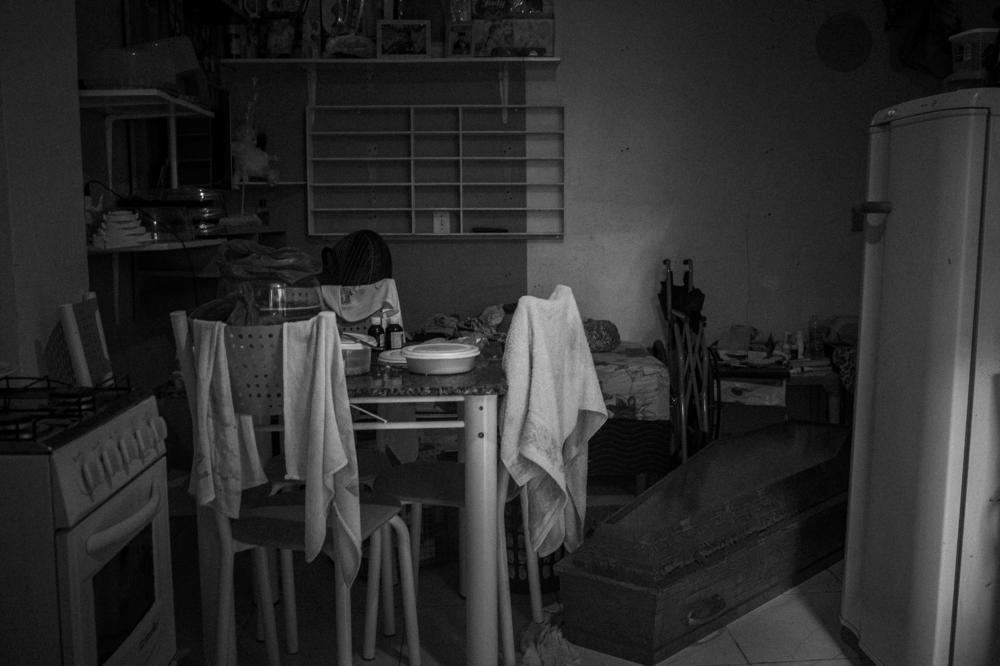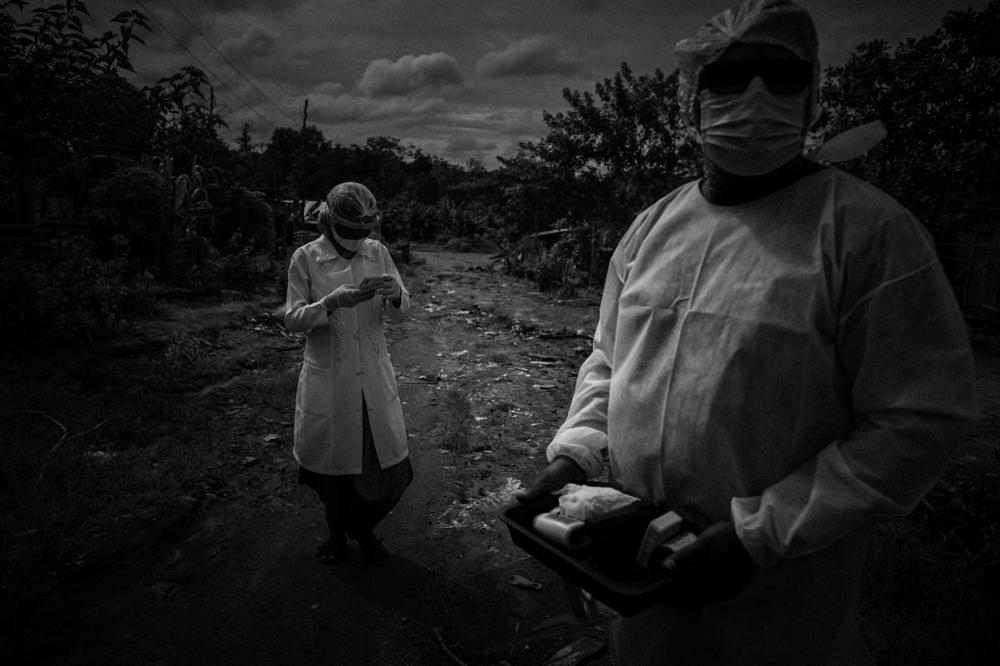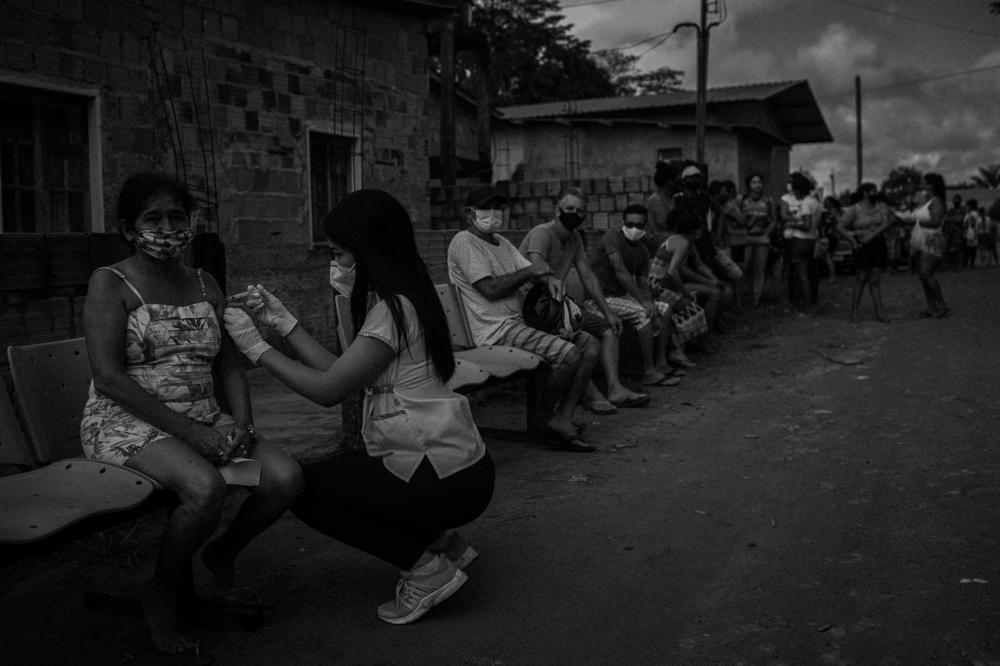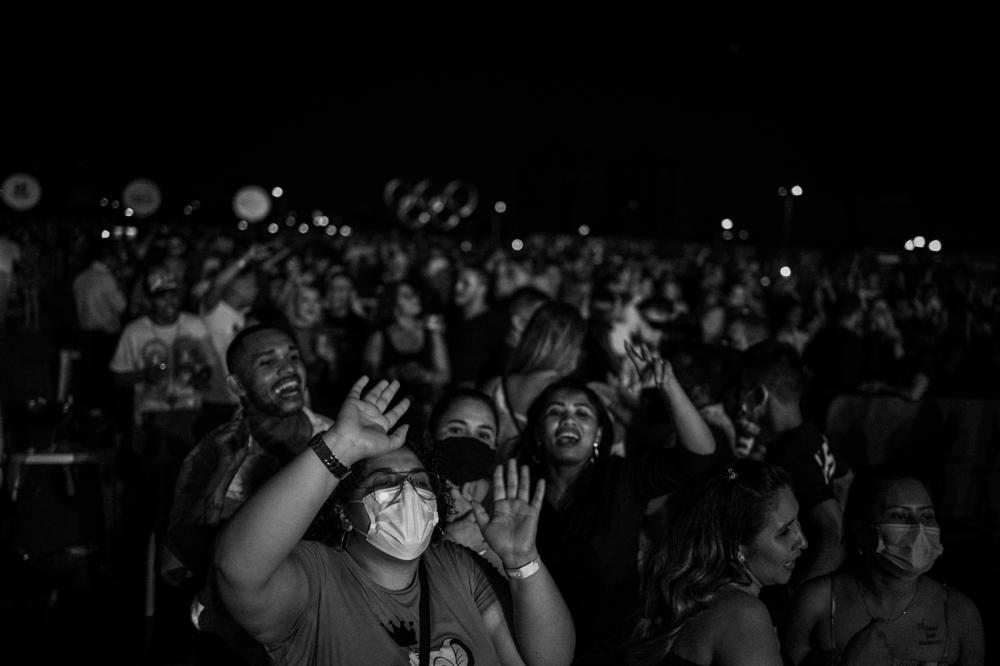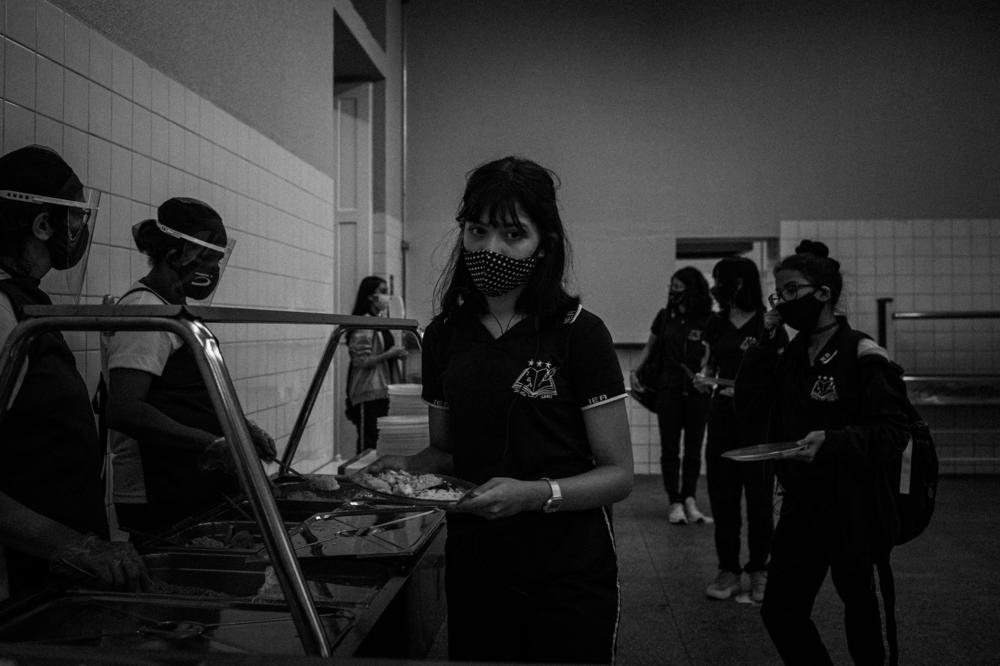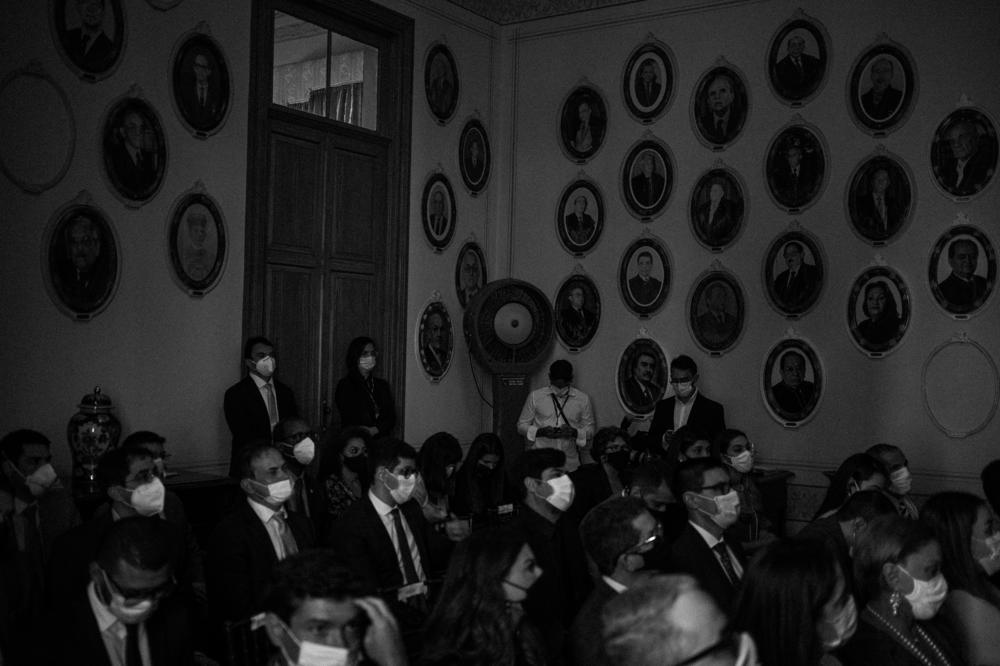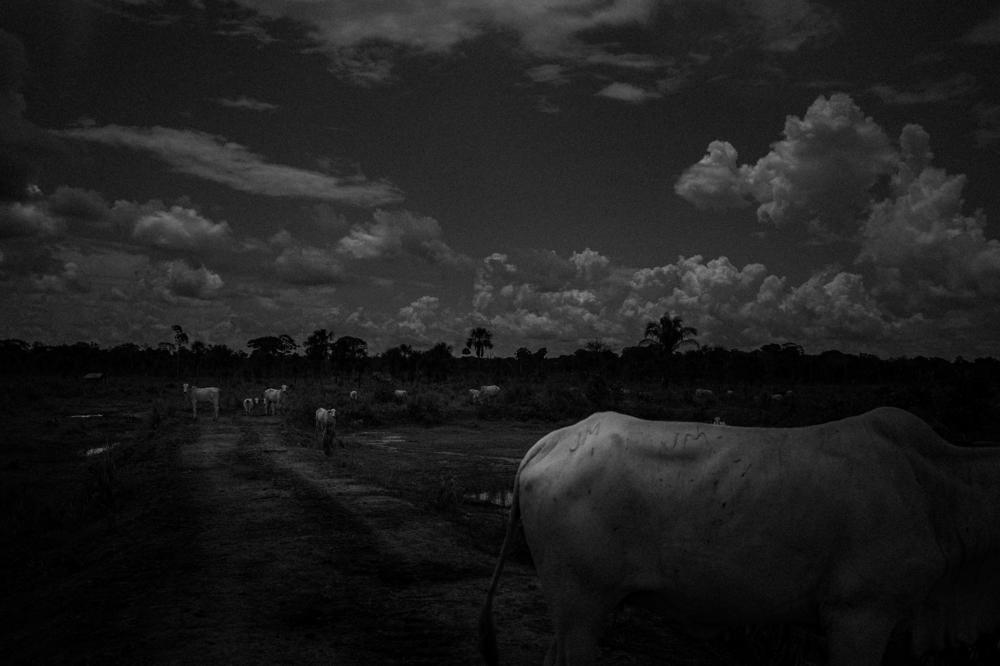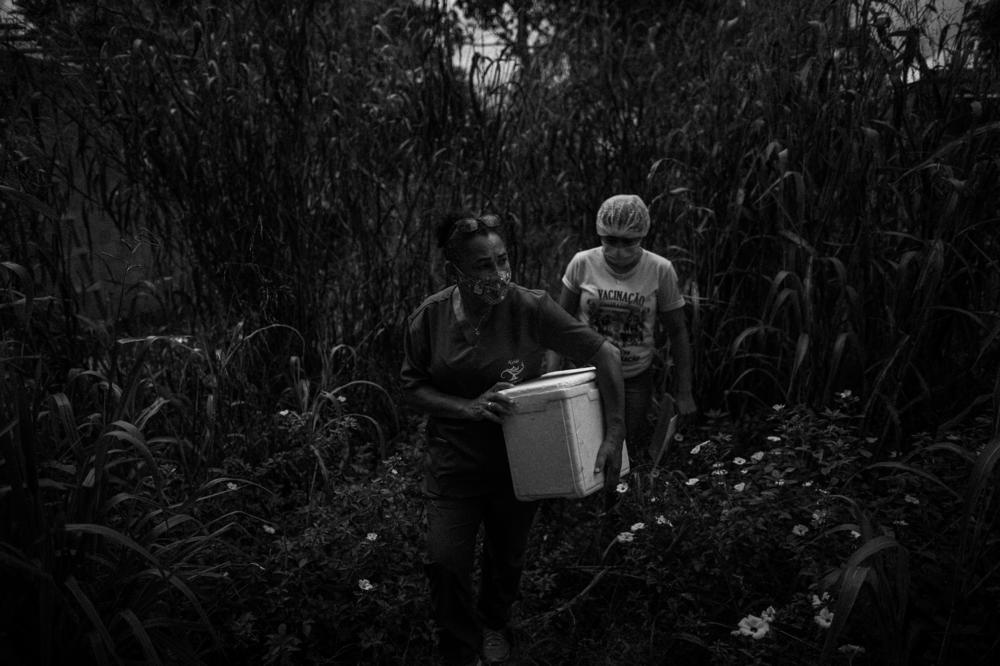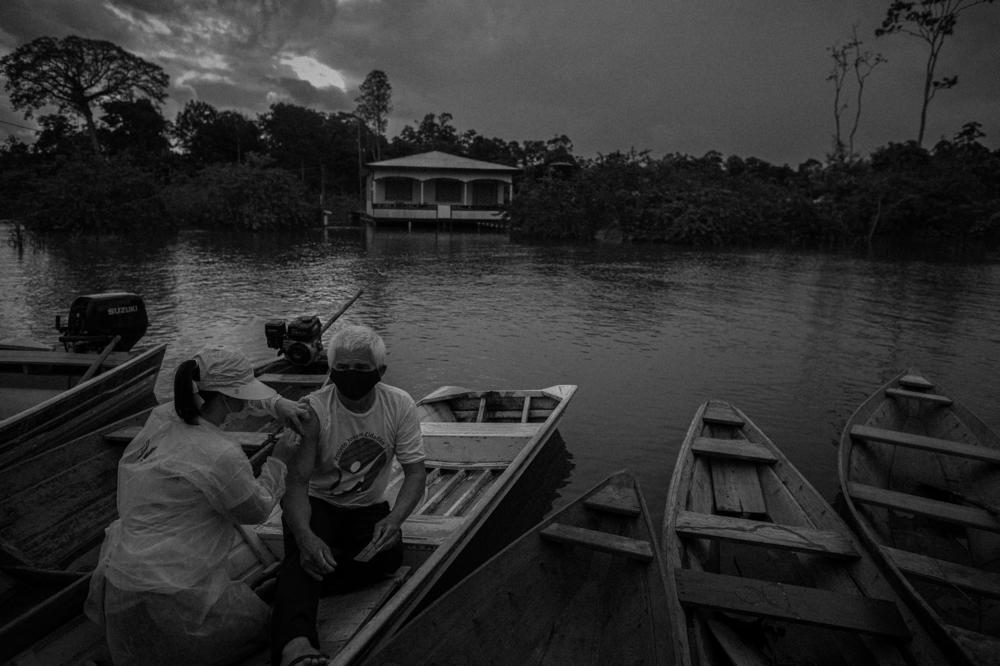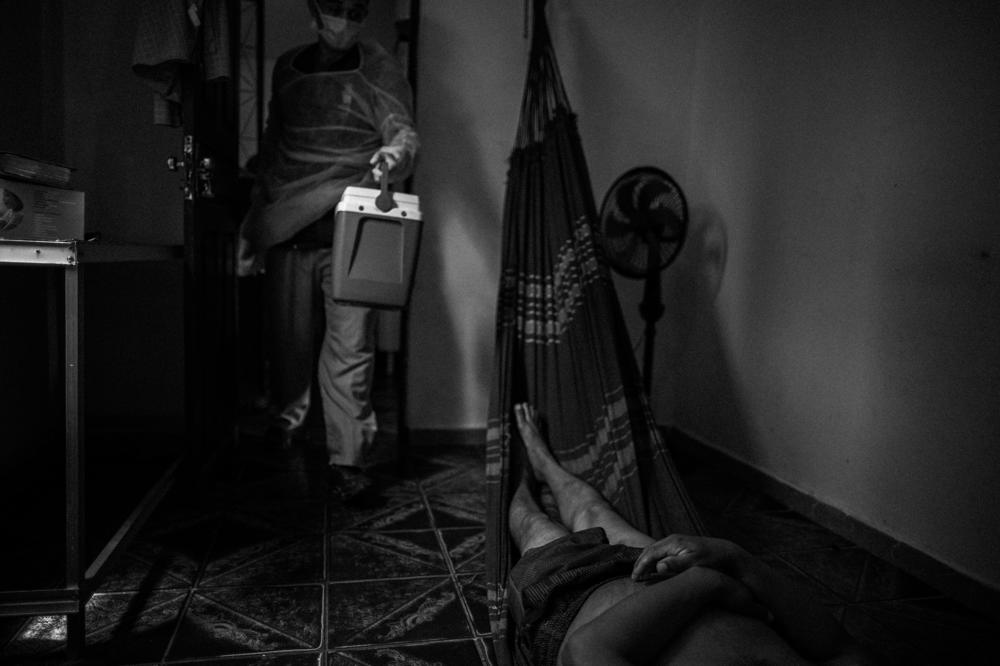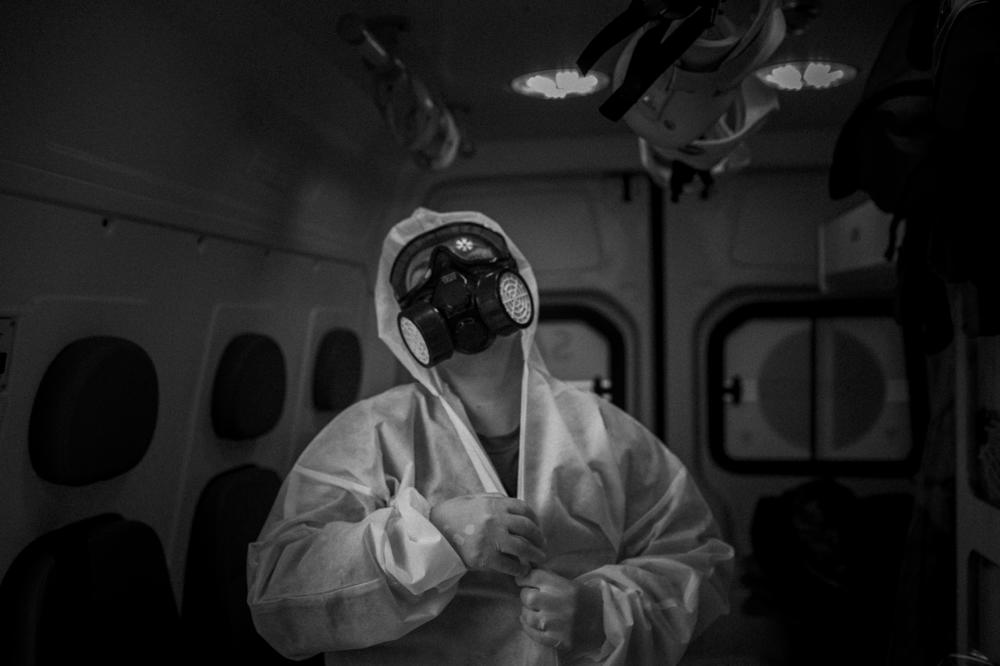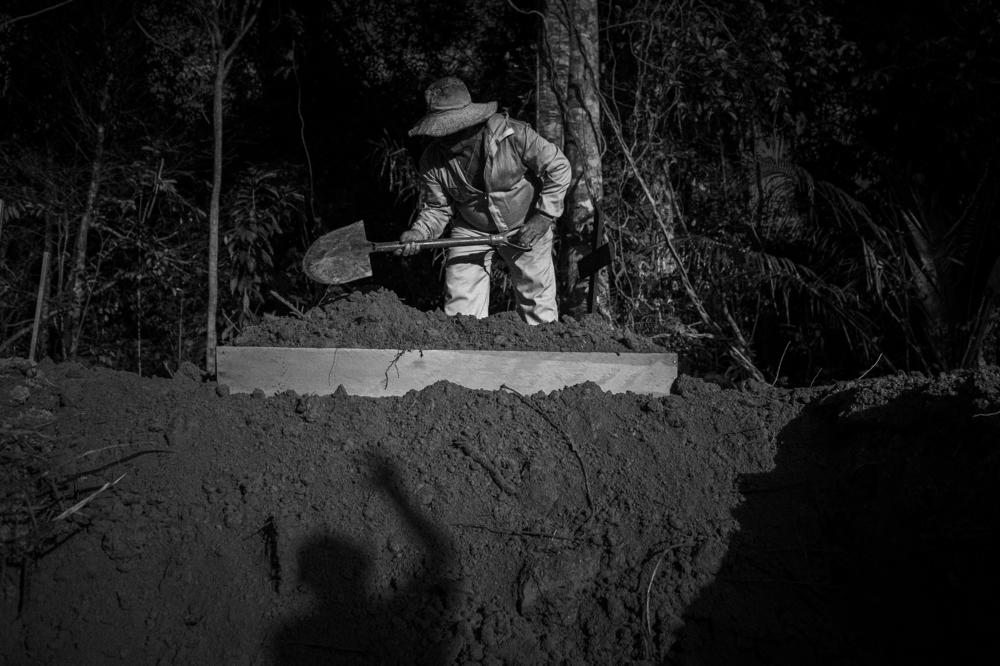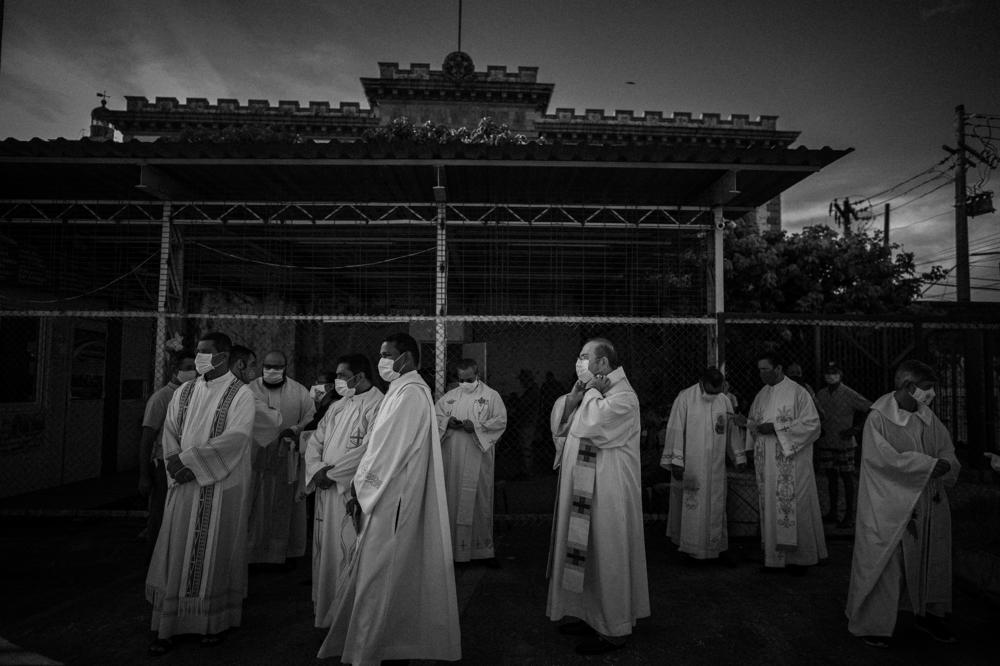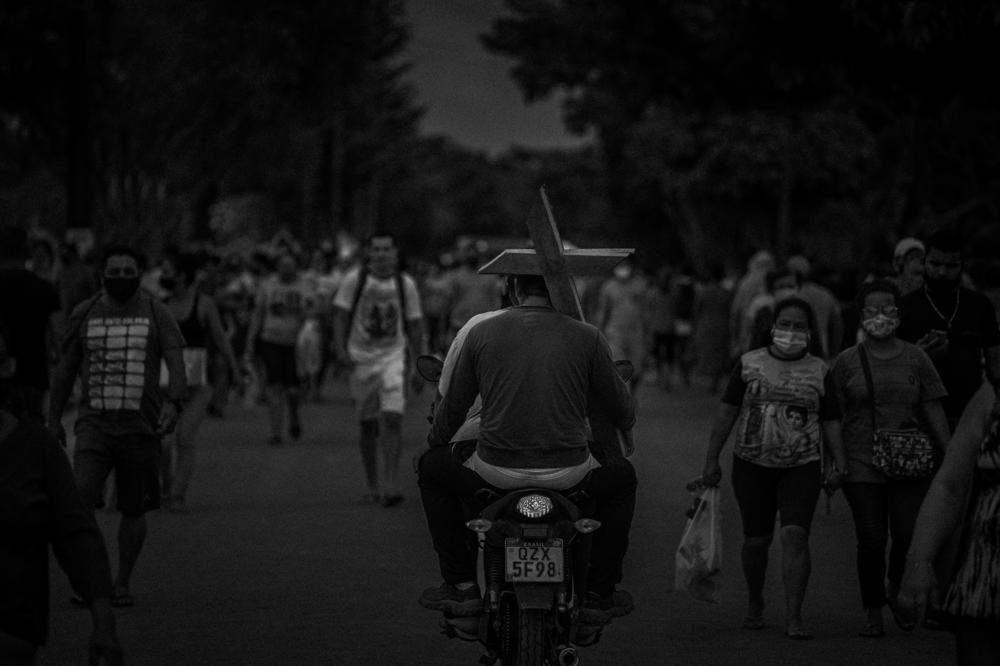Section Branding
Header Content
What happens when isolation goes beyond a pandemic
Primary Content
Brazilian photographer Raphael Alves has been covering the COVID-19 pandemic in his home state of Amazonas since their first lockdown in March 2020.
Through his photography, Alves highlights how the lockdown intensified some of the socioeconomic inequality of the largest state in Brazil.
Alves' project is called Insulae. It reflects on the idea that isolation is not just a consequence of the pandemic. There is another isolation, different from what the World Health Organization recommends: ideological isolation — which goes far beyond the geographical, one that peoples of the Amazon have historically lived with.
Before the pandemic, Amazonas state already had a lack of health services in rural areas, a lack of water and a minimally qualified sanitation system. The great distances between municipalities became an even bigger obstacle when the coronavirus swept through.
During the pandemic, separated families were unable to live their grief. Native peoples and their cultures were under constant threat. People were dying at their homes without any chances of fighting the disease. Victims of the disease huddled in cold rooms in hospitals and people were collectively buried in trenches.
The pandemic exasperated all these preexisting issues.
It is a region that has always been forgotten, largely on the sidelines of the issues surrounding the country. A state whose only land connection is an unfinished highway, but which may fuel the greatest danger to the Amazon — deforestation.
Here is what Alves captured.
Raphael Alves is a photojournalist based in Manaus, state of Amazonas, Brazil. His project Insulae was photographed with the help of the 2021 Getty Images Editorial Grant. Follow him on Instagram @photoraphaelalves.
Copyright 2022 NPR. To see more, visit https://www.npr.org.
